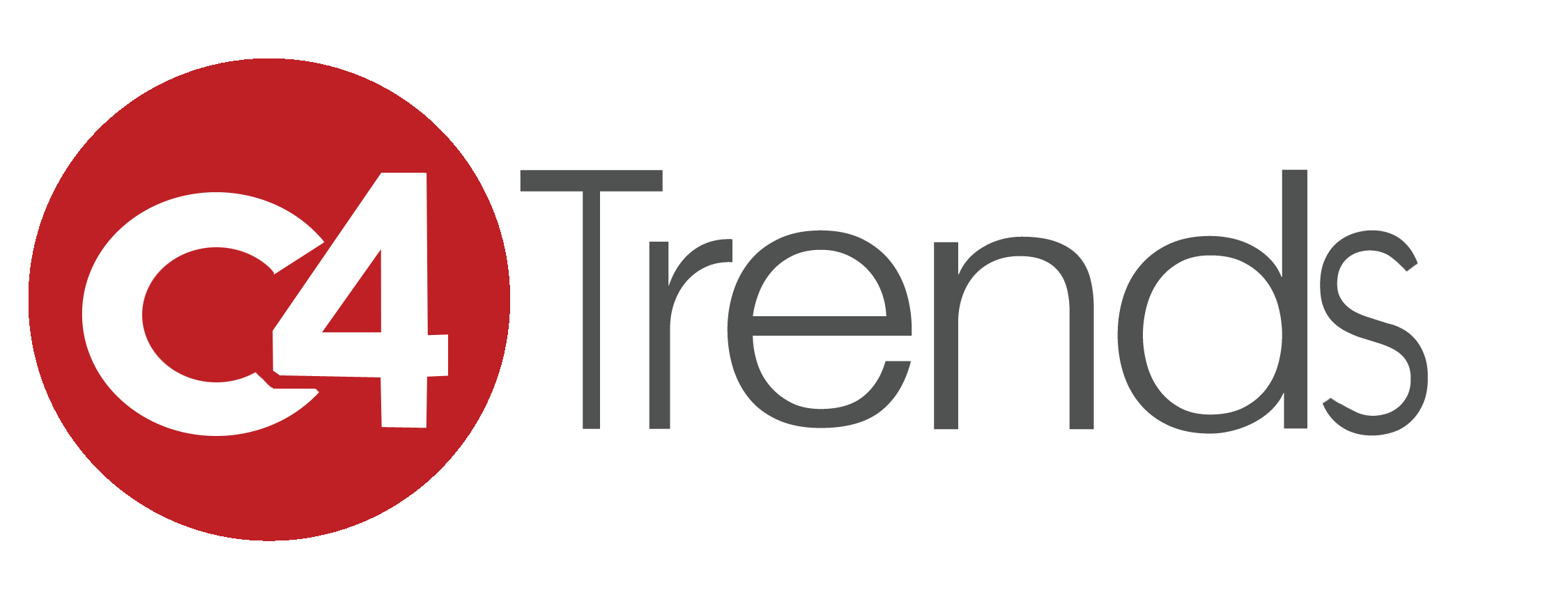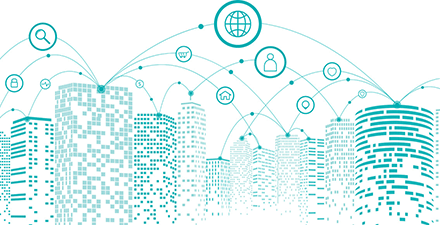What strategies can advance the vitality of the post-COVID smart city?
The pandemic has clarified smart cities require a toolbox that leverages technologies for scalable implementations. Included are connectivity/5G, the cloud, IoT, machine learning, artificial intelligence (AI) and blockchain. They enable a city to become hyperconnected for greater efficiencies and sustainability based on technology, data integration and analytics, cybersecurity and citizen engagement.
Climate Change and Energy
Cities represent 2% of the earth’s surface but are responsible for 60%+ of CO2 emissions. The global population is expected to increase by 2.5 billion people in the next 25 years.
The pandemic put a green spotlight on the need for cleaner air, less pollution, lower-carbon and more efficient electricity available anytime, anywhere giving more control to businesses and consumers. The industry is moving from a traditional one-way generation, transmission, distribution and retail paradigm towards a model that is similar to the way we produce, view and interact with content through various devices. It’s about multifaceted ubiquitous access where people are independent producers and consumers of energy.
While energy represents one of the last economic sectors to undergo digital disruption, smart utilities are generating the highest share of startup revenues in the smart city market, according to Statista. This includes companies in the electric, gas, water, waste and safety sectors that employ connected sensors across their grids to analyze operations and deliver services more efficiently.
Adjacencies are arising such as improved energy storage and energy management of smart buildings ranging from commercial real estate and facilities management to the smart connected home.
Urban retrofitting is emerging as an alternative solution to starting from scratch.
Governance and Standards: Urban Digitization
Digitization is transforming the public sector and how electronics systems support local governments, citizens, communities and businesses. The pandemic underscored the need for data driven management, with inputs coming from many sectors including acquiring, recording and analyzing massive quantities of citizen data from a complex network of interconnected sensors, devices and software including contactless financial transactions.
Technology standards are the glue that maximizes efficiencies across the smart city landscape. Security and consistent interoperability need to be assured since integrators and developers navigate diverse ecosystems and a plethora of complex and fragmented standards between various devices that adhere to different protocols.
Increasingly needed are privacy friendly regulatory guidelines, transparency, and other guidance around the rules that govern algorithms to protect citizens privacy. Further, with ransomware attacks increasing, the focus on cybersecurity innovations is intensifying.
Since data, computing and connectivity are central to effectively managing cities, mitigating uncertainties and predicting growth or declining sectors, the search is on for the right configuration of policy to govern AI, without kneecapping innovation.
Today, city operations are interdependent and no longer function in silos. Urban planners also do not have the luxury of delaying technology modernization until the tech ‘matures.’ The pandemic illustrated how technical mismanagement cost lives as the vaccine process laid bare the inadequacies of U.S. public service infrastructures.
Cities that embrace new thinking and innovations will overcome these challenges and thrive. Urban retrofitting is emerging as an alternative solution to starting from scratch. Increasingly, the pathway towards smart cities will include various bridges into the future.
What innovative solutions can advance the societal and economic vitality of the post-COVID smarter city? New infrastructures need to be built and transformative solutions will make cities smarter and more responsive to the needs of its citizens even during a crisis

